 In The Lives of the Painters, Vasari offers Piero as a preternaturally gloomy man. “As he discoursed,” Vasari says, “he would twist everything to the strangest meanings ever heard.” Why else would an artist paint a wedding picnic dinner ending...
In The Lives of the Painters, Vasari offers Piero as a preternaturally gloomy man. “As he discoursed,” Vasari says, “he would twist everything to the strangest meanings ever heard.” Why else would an artist paint a wedding picnic dinner ending...
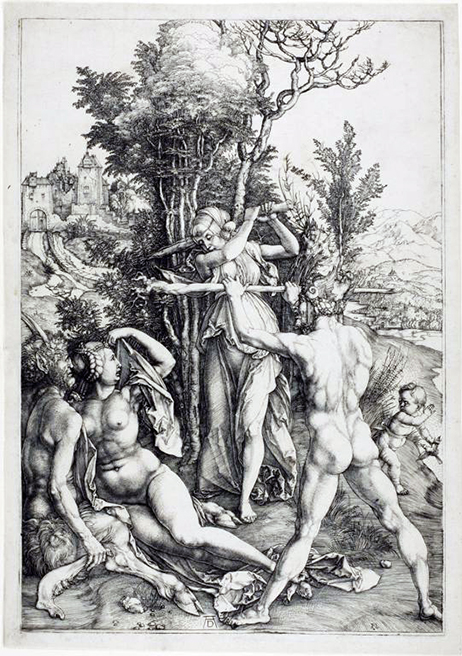 Xenophon’s Memorabilia of Socrates (371BCE) tells that when Hercules was approaching manhood, he was given a choice of a life of pleasure or a life of Virtue. While sitting at a crossroads and considering his future, he is approached by two immortal women, Virtue, in...
Xenophon’s Memorabilia of Socrates (371BCE) tells that when Hercules was approaching manhood, he was given a choice of a life of pleasure or a life of Virtue. While sitting at a crossroads and considering his future, he is approached by two immortal women, Virtue, in...
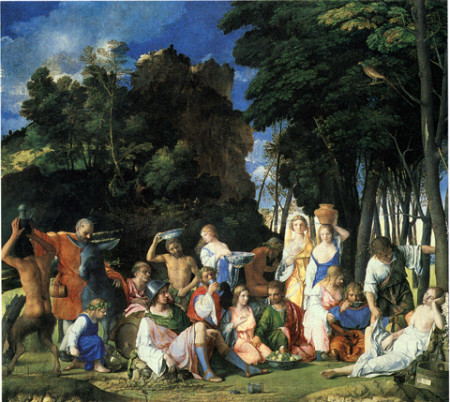 When Alfonso d’Este, the Duke of Ferrara, and his wife Lucrezia Borgia, asked for a painting expressing worldly delights, drinking, and sensuality, Giovanni Bellini could not refuse the offer though he was eighty-five and in failing health. The Feast of the Gods...
When Alfonso d’Este, the Duke of Ferrara, and his wife Lucrezia Borgia, asked for a painting expressing worldly delights, drinking, and sensuality, Giovanni Bellini could not refuse the offer though he was eighty-five and in failing health. The Feast of the Gods...
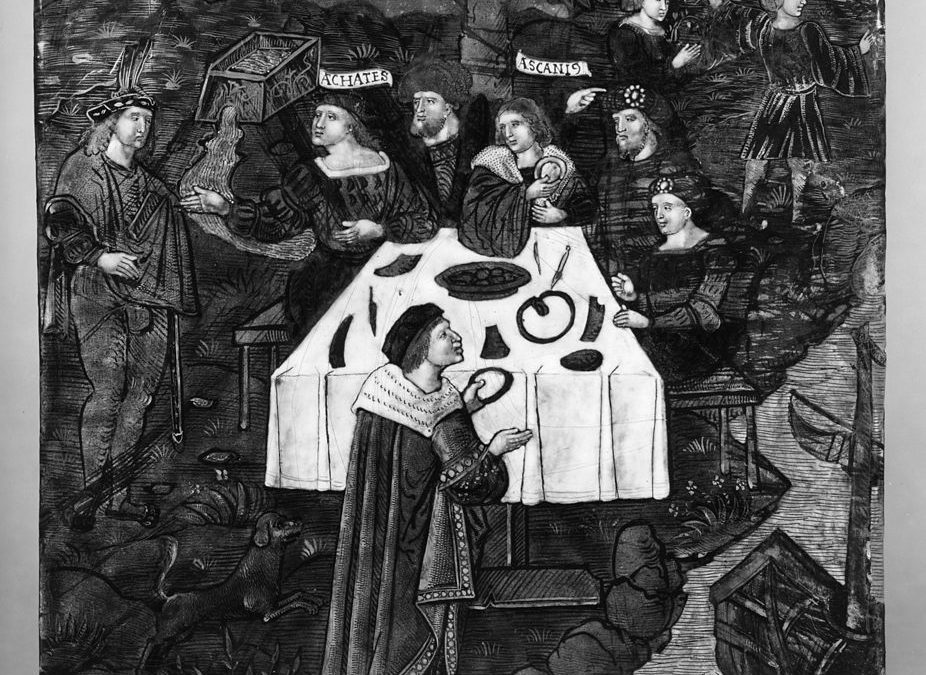 Brant illustrates Aeneas and his crew a regular luncheon meal set at a table. Aeneas sits in a chair (left), listening to his son Ascanius say, “See, we devour the plates which we fed.” See Sebastian Brant. Works of Virgil [Publius Vergilius Maronis...
Brant illustrates Aeneas and his crew a regular luncheon meal set at a table. Aeneas sits in a chair (left), listening to his son Ascanius say, “See, we devour the plates which we fed.” See Sebastian Brant. Works of Virgil [Publius Vergilius Maronis...
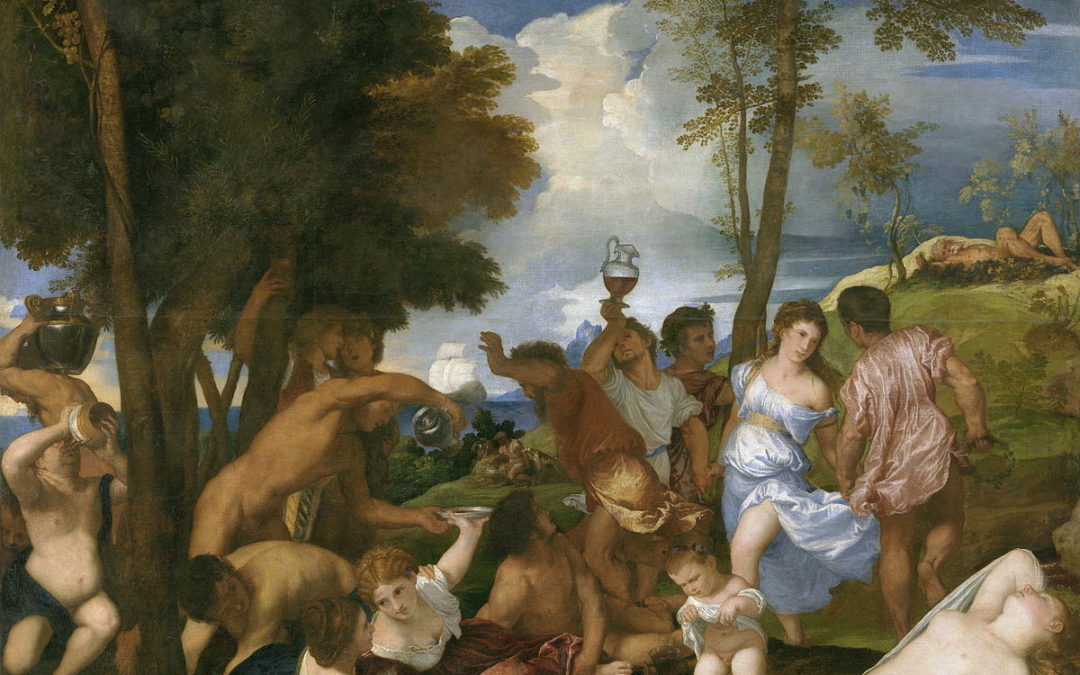 Titian’s The Bacchanal of the Andrians has the appearance of a picnic devoted to drinking. Sometimes called The Stream of Wine on the Island of Andros, it relates the miracle in which spring water is transformed into wine. In the foreground, the legend on the sheet...
Titian’s The Bacchanal of the Andrians has the appearance of a picnic devoted to drinking. Sometimes called The Stream of Wine on the Island of Andros, it relates the miracle in which spring water is transformed into wine. In the foreground, the legend on the sheet...
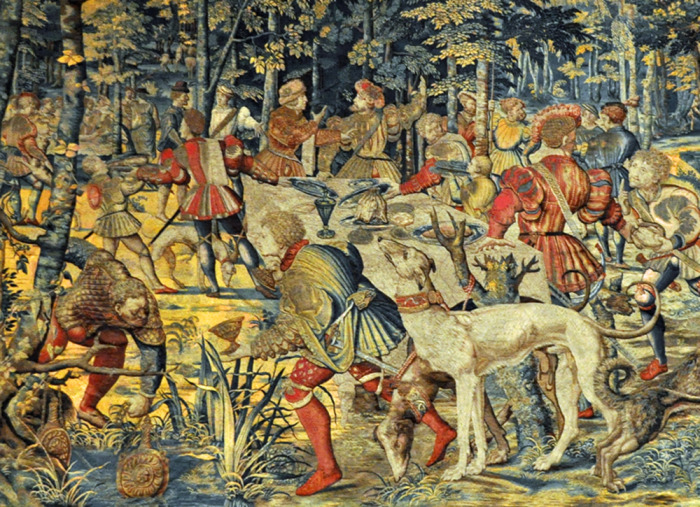 Van Orley’s The Month of June is part of a series of tapestries called The Hunts of Maximilian [Les Chasses de Maximilien. The June episode depicts an elaborate Orley halt on the hunt [halte de chasse]at which Archduke Maximillian (later Emperor of Austria) is...
Van Orley’s The Month of June is part of a series of tapestries called The Hunts of Maximilian [Les Chasses de Maximilien. The June episode depicts an elaborate Orley halt on the hunt [halte de chasse]at which Archduke Maximillian (later Emperor of Austria) is...
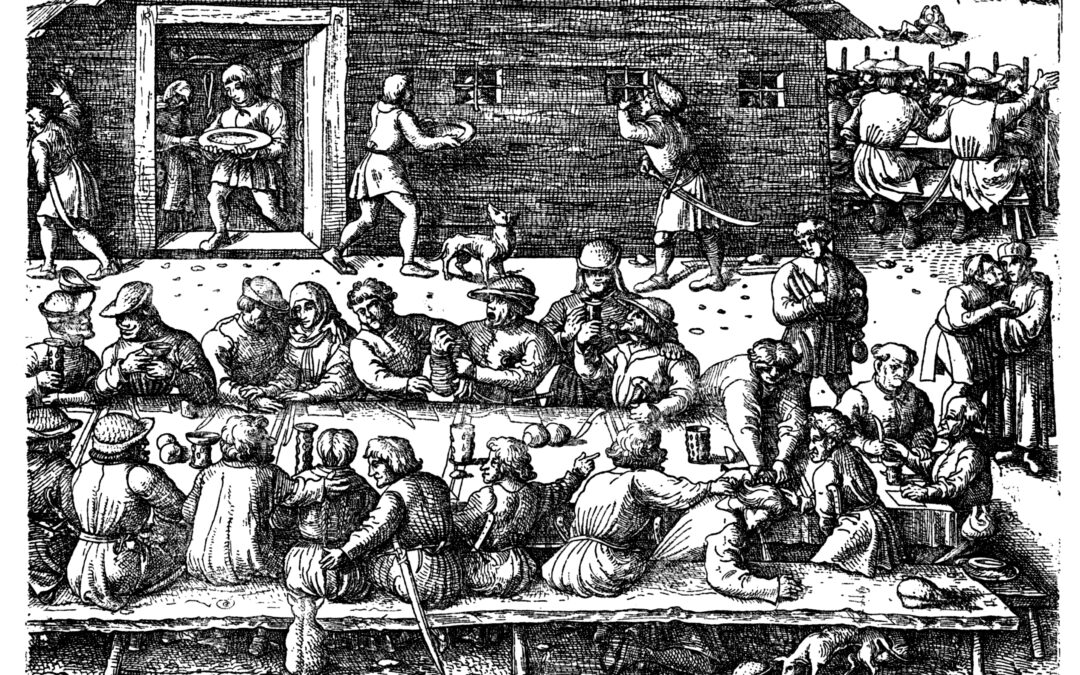 Hopfer’s Peasants at Table at a Rustic Festival [or Tafelnde Bauern beim dorflichen Fest or Peasants at Table at a Rustic Festival, also called a kermesse, may celebrate a patron saint, though in this instance, it seems secular, most likely, a celebration of spring....
Hopfer’s Peasants at Table at a Rustic Festival [or Tafelnde Bauern beim dorflichen Fest or Peasants at Table at a Rustic Festival, also called a kermesse, may celebrate a patron saint, though in this instance, it seems secular, most likely, a celebration of spring....
 Veronese’s Moses Rescued from the Water is a fête champêtre, and Pharaoh’s daughter enjoys alfresco entertainment. Surrounded by courtiers and ladies waiting, Pharaoh’s daughter’s pleasantries are interrupted when Miriam presents her with the infant Moses. The scene...
Veronese’s Moses Rescued from the Water is a fête champêtre, and Pharaoh’s daughter enjoys alfresco entertainment. Surrounded by courtiers and ladies waiting, Pharaoh’s daughter’s pleasantries are interrupted when Miriam presents her with the infant Moses. The scene...
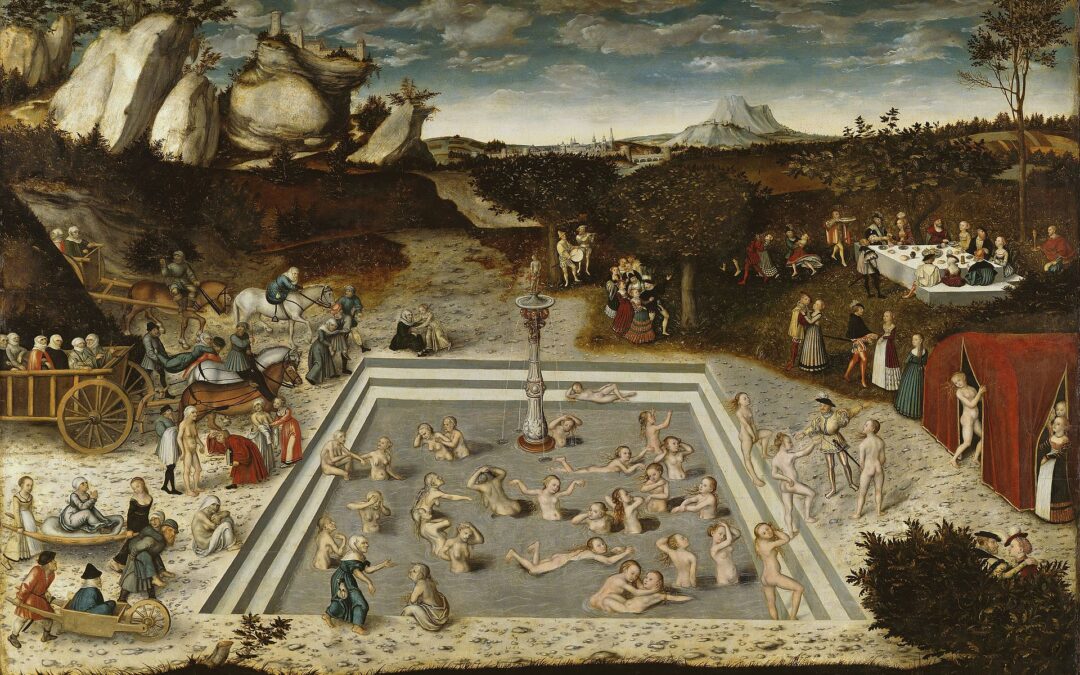 Cranach’s paintings often conflate the spiritual and erotic, particularly The Fountain of Youth and The Golden Age, both completed in 1546. The subjects seem pagan, but his friendship with Martin Luther deeply influenced Cranach. The Fountain of Youth...
Cranach’s paintings often conflate the spiritual and erotic, particularly The Fountain of Youth and The Golden Age, both completed in 1546. The subjects seem pagan, but his friendship with Martin Luther deeply influenced Cranach. The Fountain of Youth...
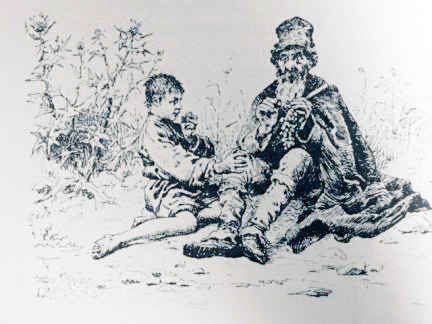 Merienda first appears in the anonymous picaresque novel The Life of Lazarillo de Tormes in 1554, * ninety-five years before the French word pique-nique in 1649. It is used to denote a snack. But when Francesco de Quevedo uses merienda in El Buscon (The Swindler), it...
Merienda first appears in the anonymous picaresque novel The Life of Lazarillo de Tormes in 1554, * ninety-five years before the French word pique-nique in 1649. It is used to denote a snack. But when Francesco de Quevedo uses merienda in El Buscon (The Swindler), it...











